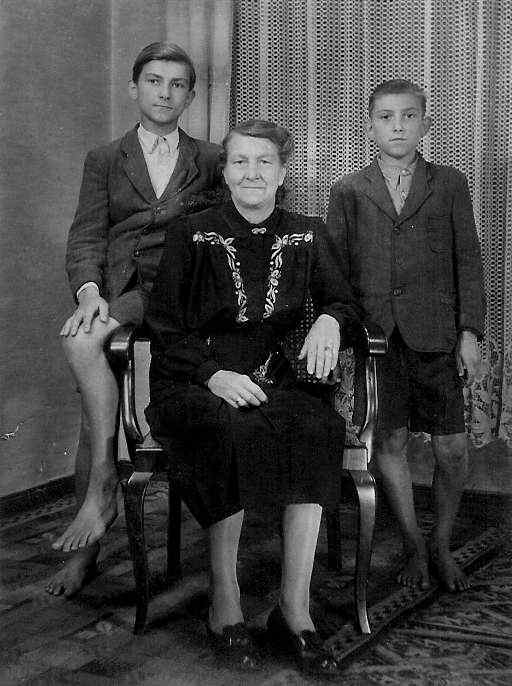
Figure 1.-- This portrait was taken in 1945, perhaps in Berlin. We are not sure if it was before or after the Soviet occupation, probanly after. A portrait like this with the boys barefoot would have been almost unthinkable before the War. |

|
We see radical changes in German footwear during the 1940s. The cause was of course World War II. German boys mostly wore leather shors in the 1930s. Sandals were also worn, although by thev;ate-30s and early-40s mostly for younger boys. And this pattrn continued in the early-1940s after the War began. We rarely see German boys wearing sneakers before World War II. I have never noted, for example, Hitler Youth boys wearing sneakers, except at sports in summer camps. Leather was a critical material duting the War. Although the popular image of the Wehrmact is that of a modern, fully mechanized army. It was not. The Wehrmact was in fact heavily reliant on horsepower for both artillery and logistics. And this required large amounts of leather tackel. This meant leather for shoes was less available. As in other areas, however, the NAZIs wanted to maintain the supply of consumr goods, mindful of the impact of shortahes on civilian morale during World Wwar I. The sollution for the NAZIs was to simply despoil the resources of occupied countries. I Western Europe this was done through legal means such as the reparatins imposed on France. In the East this was done with extrodinary brutality without even the veneer of legality. Thus for the first few years consumer shortages even for footwear were not pronounced. When the War began to shift against the NAZIs and exploiting conquered peoples no longer possible, shortages became more acute. This was especially the case for leather shoes. They became very difficult to obtain in 1944 and virtually impossible during 1945. As a result, after the NAZIs surrendred (May 1945) we see many more barefott children than before the War. This continued during the rest of the decade. We see many barefoot childrem, especially younger children. The economy began to pick up again in thelate-1940s with the Marshall Plan and the first steps toward European unification.
Navigate the Boys' Historical Clothing German pages:
[Return to the Main German 20th century footwear chronology page]
[Return to the Main German footwear chronology page]
[Return to the Main German footwear page]
[German art]
[German catalogs]
[German choirs]
[German movies]
[German royalty]
[German school uniforms]
[German youth groups]
[German sailor suits]
[Lederhosen]
[Ethnic]
[Tights]
[Long stockings]
Navigate the Boys' Historical Clothing Web Site:
[Introduction]
[Activities]
[Biographies]
[Chronology]
[Clothing styles]
[Countries]
[Bibliographies]
[Contributions]
[FAQs]
[Glossary]
[Images]
[Links]
[Registration]
[Tools]
[Boys' Clothing Home]
